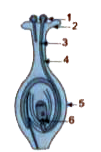The given figure shows a bone with a part labelled as 'X'. Select the correct regarding 'X'.

Blood cells are formed in 'X'.
X' is the flexible tissue in the hollow interior of bones.
Leukemia is a type of cancer of the blood that generally starts in 'X'.
All of these
The correct Answer is:D
X. in the given figure represents bone marrow.
Topper's Solved these Questions
- BODY MOVEMENTSBOOK - MTG IIT JEE FOUNDATIONCHAPTER - BODY MOVEMENTSEXERCISE - EXERCISE - SUBJECTIVE QUESTIONS - LONG ANSWER TYPE
10 Videos
- AIR AROUND US BOOK - MTG IIT JEE FOUNDATIONCHAPTER - AIR AROUND US EXERCISE - OLYMPIAD/HOTS CORNER
10 Videos
- COMPONENTS OF FOOD BOOK - MTG IIT JEE FOUNDATIONCHAPTER - COMPONENTS OF FOOD EXERCISE - OLYMPAID/HOTS CORNER
9 Videos
Similar Questions
Knowledge Check
Refer to the given figure showing section of a plant tissue and select the correct statement regarding it.
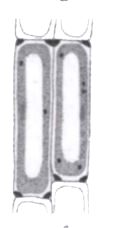 AThey can store food in the form of starch.BSome of them also contain chloroplasts.CThickenings at the corners of each cell is due to presence of pectin and cellulose.DThey are present in hard walls of nuts.
AThey can store food in the form of starch.BSome of them also contain chloroplasts.CThickenings at the corners of each cell is due to presence of pectin and cellulose.DThey are present in hard walls of nuts.Refer to the given figure. Identify the labelled parts and select the incorrect statement regarding them.
 AP extend longitudinally throughout the length of an anther and are packed with QBR is long and slender stalk, attached proximally to thalamus or petalCThe study of Q is called palynologyDNone of these
AP extend longitudinally throughout the length of an anther and are packed with QBR is long and slender stalk, attached proximally to thalamus or petalCThe study of Q is called palynologyDNone of theseThe given figures show two types of epithelial tissue (P and Q).

Select the correct option regarding these figures.AP and Q are simple squamous epithelial tissue and stratified squamous epithelium respectively.BThe cells in epithelium Q are arranged in many layers to prevent wear and tear.CEpithelium P lines blood vessels and lung alveoli where exchange of substances occurs.DEpithelium Q lines kidney tubules and ducts of salivary glands where it provides mechanical support.
Given below is the figure of a sarcomere. Identify the parts labelled as A to D and select the correct option.

View SolutionThe given figure shows T.S. of Mango leaf with various parts labelled as A, B, C, D, E, F and G. Identify the parts and select the correct option.
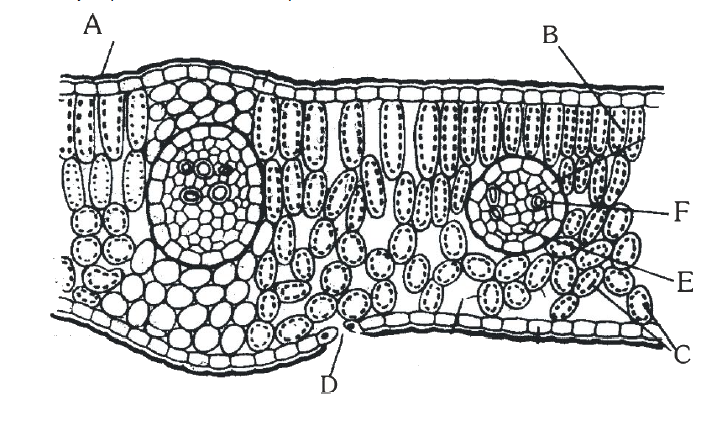 .
.
View Solution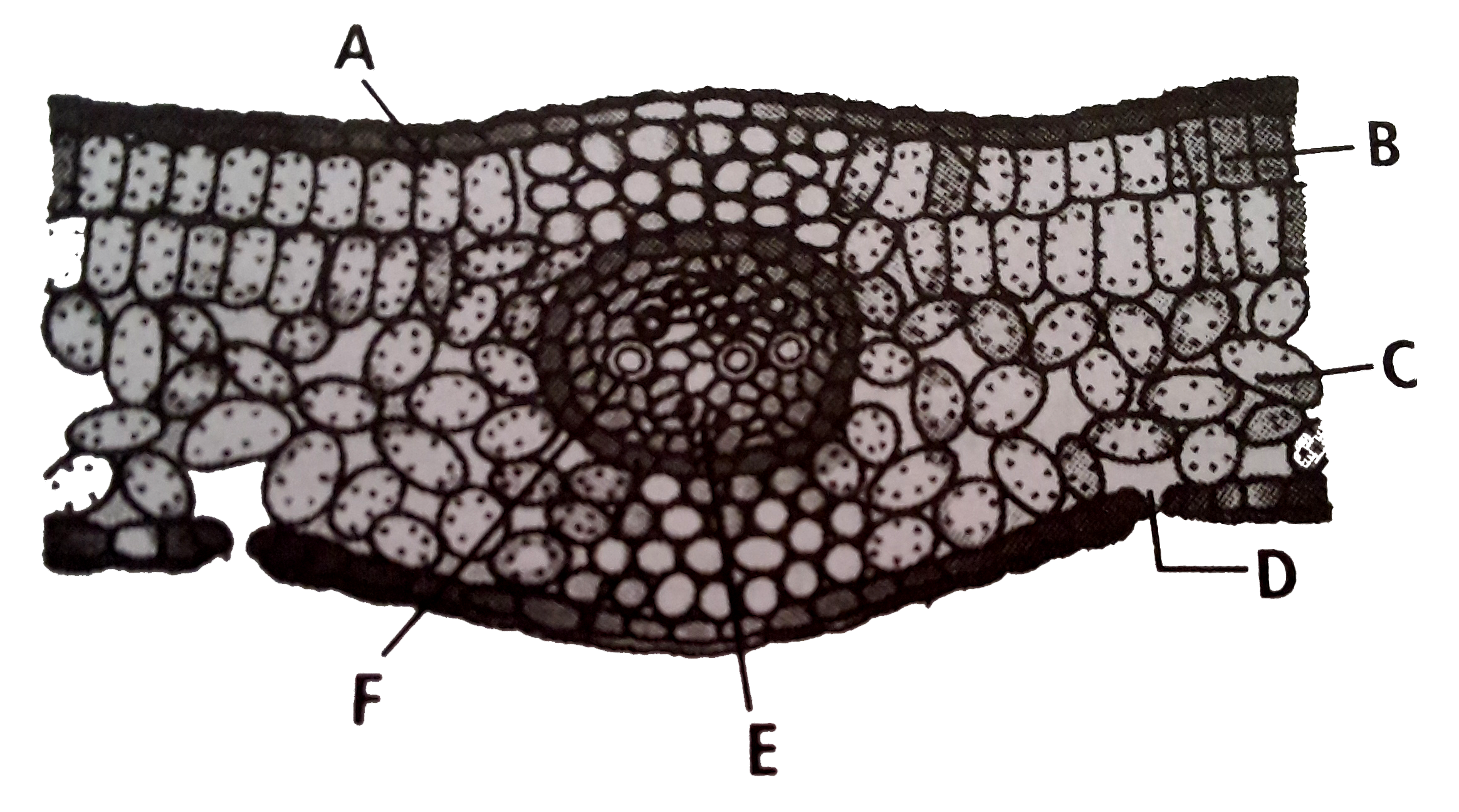
The given figure shows T.S of helianthus leaf with various parts labelled as A, B, C, D, E, F and G. identify the parts and select the correct option
View SolutionRefer to the given figure and select the correct option regarding it.
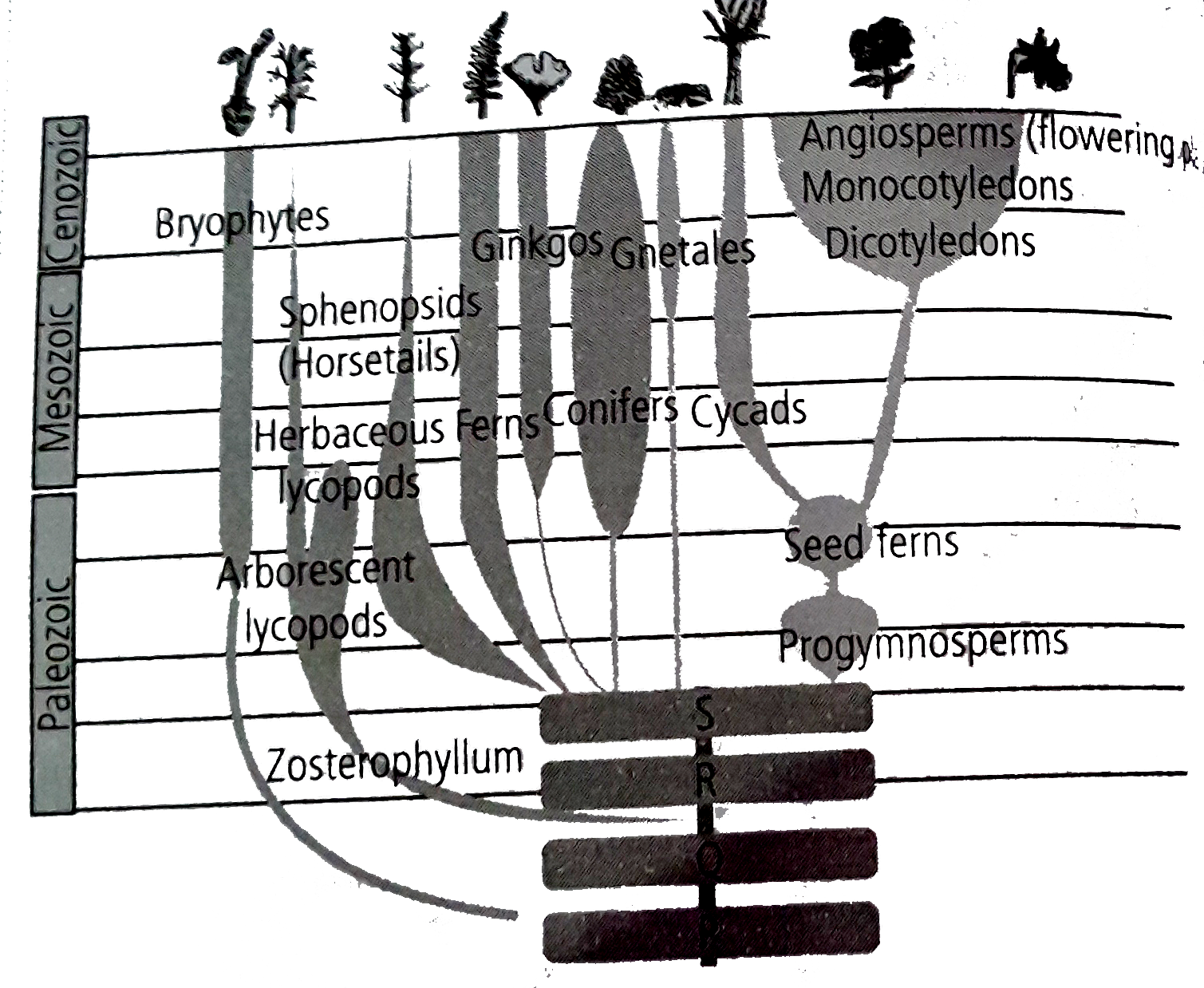
View SolutionThe figure given here is of rib cage. Identify the parts labelled as A, B and C and select the correct option .
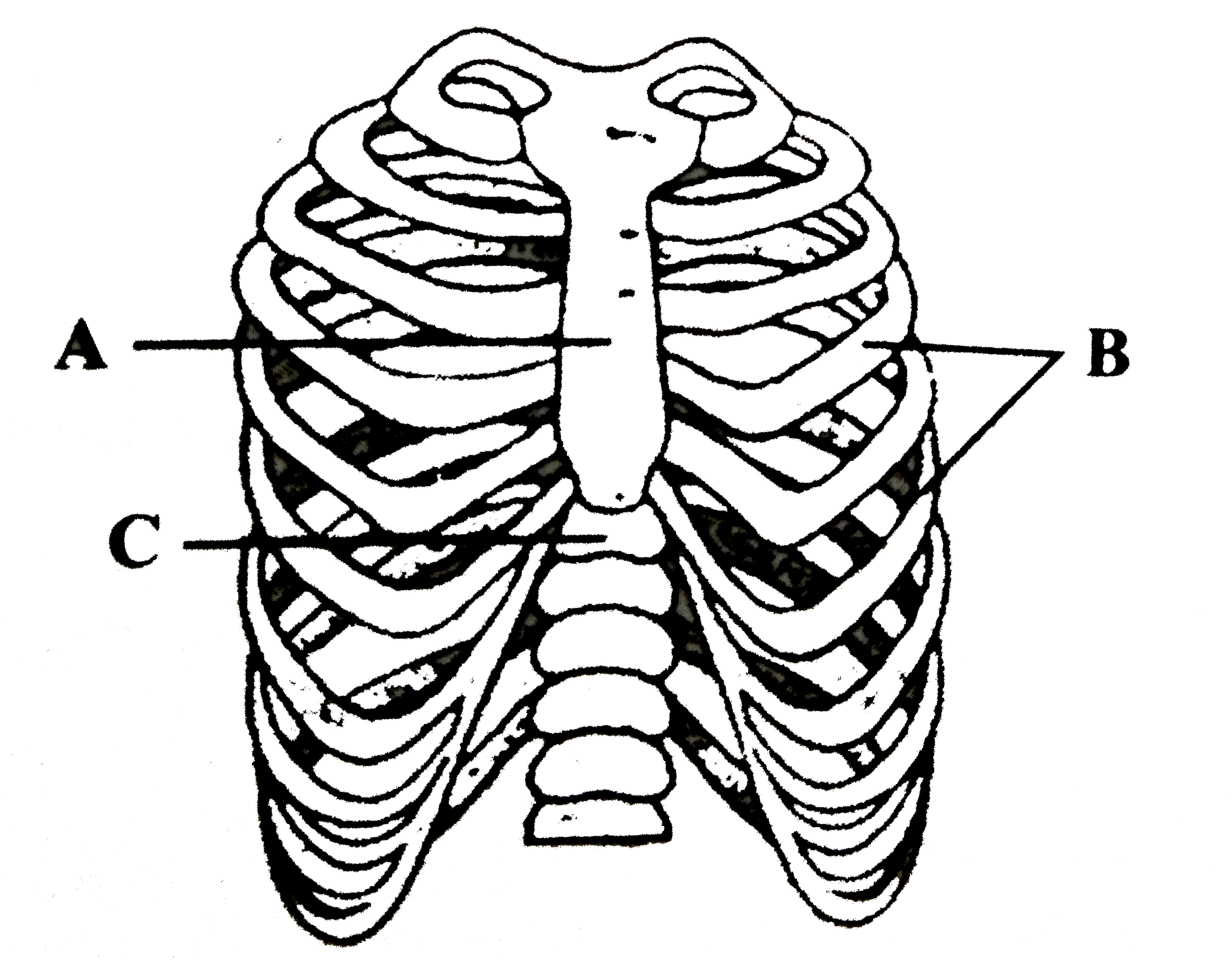
View Solution


